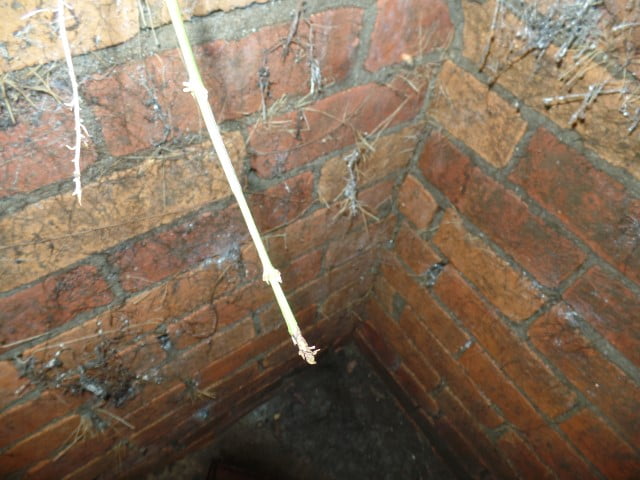Hedges
Hedges
Hedges can provide great natural boundaries for properties. They provide habitat for wildlife. They have no planning permission requirements. So these are good ways of screening when higher boundaries are required. But there are good neighbour and various case laws surrounding this and it is very complex. When forming a new boundary, hedges do take a long time to become well established. So they are not a quick fix. Longer term sustainability of hedges can help with increased bio diversity.
Maintenance
With any boundary such as a timber fence, there is a maintenance requirement. With hedges they do need much more regular maintenance depending on the hedge type. For example, a simple privet hedge needs trimming say twice a year. Whereas with a leylandii if you take it too far back it will not re-grow. So, it is best to check the guidance depending on the hedge type before wielding the hedge trimmers, loppers or chain saw.
Roots
Whilst it is acknowledged that roots of trees can cause desiccation damage (removing the water from the soil). the combined force of multiple hedges can also lead to desiccation and subsidence damage. They can lift nearby features such as paths causing trip hazards. Leaves fall from them can also cause slips and will need to be cleared on a regular basis. Roots can inevitably end up in the drains which can cause leaks from drains and foundation damage. As well as the inevitable blockages that occur when roots invade a drain. This is fairly common with the roots breaking through the mortar joints in inspection chamber which is a regular sight during inspections. Hence if hedges are growing over drain runs be wary.

